Is the Bailey Road fire at all shocking?

In a grave reminder of the precarity of our urban lives, a night out with family and friends turned into an unimaginable tragedy for those visiting the restaurants at the Green Cozy Cottage Shopping Mall building on February 29. As of writing this editorial, 46 people, including three children, have already died in the fire that broke out around 9.50 pm on Thursday at the Bailey Road building, and at least 20 others have been critically injured. Fire service officials say there were cooking gas tanks on almost every floor of the building. Meanwhile, there were only two elevators and a staircase in the building, with no emergency exit, forcing some to resort to desperate measures such as jumping out of windows to evade the flames. Those who couldn't, asphyxiated to death.
Anyone who has visited the building in question—or for that matter, any such building in Dhaka housing restaurants and cafes perilously perched on top of one another—knows these establishments, flouting a host of building and fire safety codes, are always a flicker away from disaster. As we mourn the untimely and avoidable death of the victims, we must ask ourselves, can we really be surprised that such an incident happened? An overwhelming majority of commercial establishments and high-rise buildings in Dhaka and other cities of the country are built without following fire safety and building codes, with our authorities ignoring or, in most cases, enabling such violations in exchange of hefty bribes. For how long will we continue to ignore the structural flaws and failures which make such incidents not accidents but structural killings?
The Bangladesh National Building Code (BNBC) requires high-rise owners to obtain No Objection Certificates (NOC) from the Fire Service contingent upon ensuring heat, flame, and smoke detectors, hydrants, sprinklers, fire fighting equipment, emergency evacuation protocol, and more before completing construction work. Following the deadly FR Tower fire on Kemal Ataturk Avenue in 2019, the Housing and Public Works minister admitted that at least 66 percent of the buildings in Dhaka were built in violation of the codes; Rajuk officials stated that the number in reality was much higher. But since then, what have the authorities done to ensure compliance? Despite repeated and avoidable fires in the capital alone over the past decade, we have not seen any noteworthy initiatives to ensure even a modicum of good governance in public works, much less an acknowledgement of authorities' own complicity in these killings. We deserve an answer from the Ministry of Housing and Public Works and the city authorities about their deadly reluctance to perform their duties.
Every time a fire breaks out, we go through the same motions: we register our shock, spend a few days dissecting the flaws of the building in question, form a probe committee, file a case against the building owners at most, and then conveniently forget to hold anyone accountable for the systemic failures. Will this time be any different?

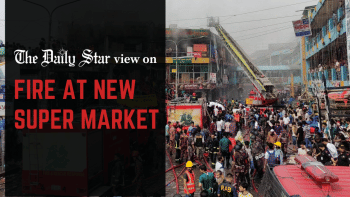
 For all latest news, follow The Daily Star's Google News channel.
For all latest news, follow The Daily Star's Google News channel. 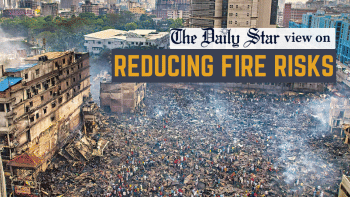



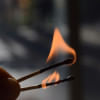
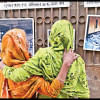
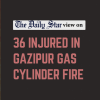
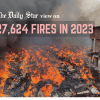



Comments